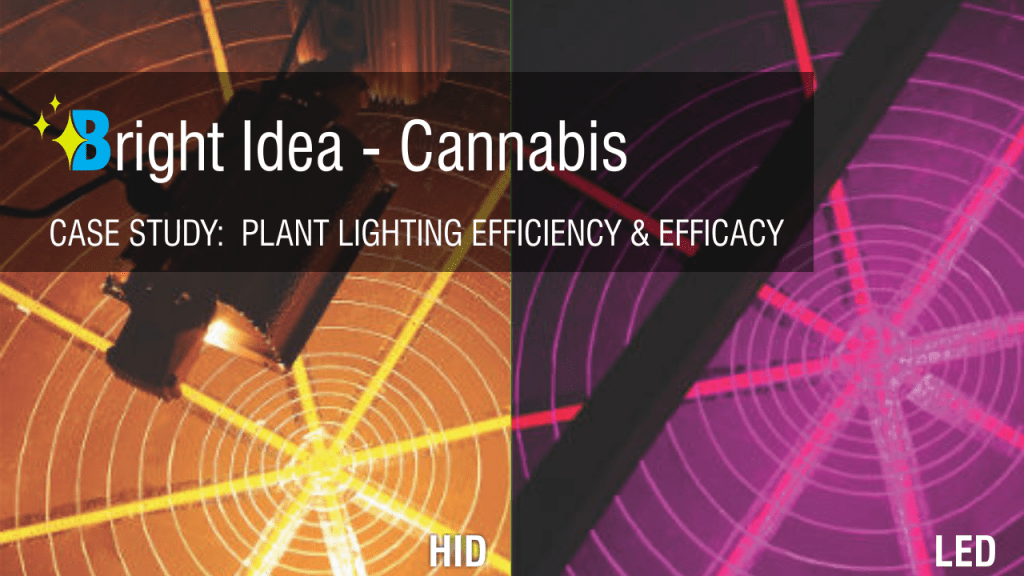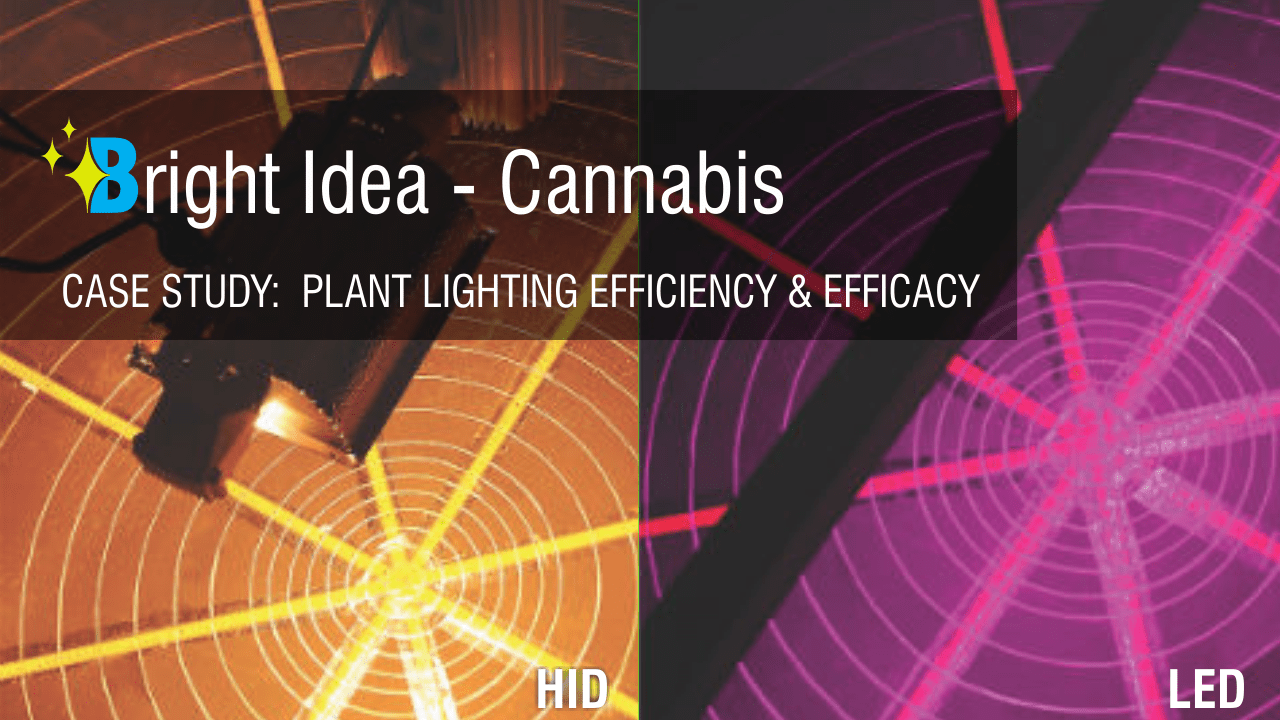
Plant lighting continues to be a hot topic, especially as light-emitting diode (LED) technology continues to advance. Growers commonly ask which type of lighting technology to purchase. Supplemental lighting using LEDs is usually more efficient, but the initial cost is higher than with high-pressure sodium (HPS) technology.
The choice of lamp types involves multiple factors:
- Hours per year of lamp operation
- Cost of electricity
- Cost to purchase, install and maintain the lamps
- Possible cost of additional electrical capacity for some lamp options
- Rebates available for upgrading to more efficient lighting
- Electrical efficiency (efficacy) of each lamp type
The choice of lighting technology should primarily (but not exclusively) be based on economics. How long will it take for the energy savings to pay for the new lighting system? The answer varies among facilities.
An informed decision relies on understanding plant lighting efficacy (efficiency). Efficiency and efficacy can be used interchangeably for most purposes but, technically speaking, efficiency is used only when the units in the numerator and denominator are the same, and it is thus possible to have 100 percent efficiency.
Read full article here: https://gpnmag.com/article/plant-lighting-efficiency-and-efficacy-%CE%BCmol%C2%B7j-%C2%B9/
